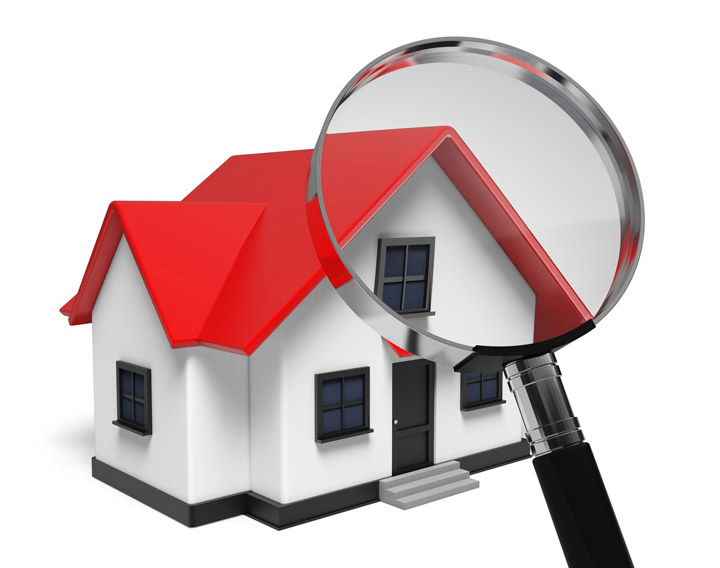
Understanding AppraisalsPurchasing a home can be the biggest transaction most may ever encounter. Whether it's a primary residence, an additional vacation home or an investment, purchasing real property is a detailed financial transaction that requires multiple parties to make it all happen. The majority of the parties participating are quite familiar. The real estate agent is the most familiar entity in the exchange. Then, the bank provides the money necessary to fund the deal. And the title company ensures that all aspects of the exchange are completed and that the title is clear to pass to the buyer from the seller. So, what party is responsible for making sure the value of the property is in line with the purchase price? This is where the appraiser comes in. We provide an unbiased estimate of what a buyer might expect to pay — or a seller receive — for a property, where both buyer and seller are informed parties. A licensed, certified, professional appraiser from Amy Bloom will ensure, you as an interested party, are informed. Appraisals start with the home inspectionOur first duty at Amy Bloom is to inspect the property to determine its true status. We must see aspects of the property first hand, such as the number of bedrooms and bathrooms, the location, amenities, etc., to ensure they truly exist and are in the shape a typical buyer would expect them to be. To make sure the stated size of the property is accurate and illustrate the layout of the home, the inspection often includes creating a sketch of the floorplan. Most importantly, the appraiser looks for any obvious features - or defects - that would affect the value of the property. Once the site has been inspected, an appraiser uses two or three approaches to determining the value of real property: paired sales analysis and, in the case of a rental property, an income approach. 
Replacement CostThis is where the appraiser gathers information on local construction costs, the cost of labor and other elements to determine how much it would cost to construct a property similar to the one being appraised. This estimate often sets the upper limit on what a property would sell for. It's also the least used method. 
Analyzing Comparable SalesAppraisers are intimately familiar with the neighborhoods in which they work. They thoroughly understand the value of particular features to the homeowners of that area. Then, the appraiser researches recent sales in close proximity to the subject and finds properties which are 'comparable' to the home at hand. Using knowledge of the value of certain items such as remodeled rooms, types of flooring, energy efficient items, patios and porches, or additional storage space, we add or subtract from each comparable's sales price so that they are more accurately in line with the features of subject.
After all differences have been accounted for, the appraiser reconciles the adjusted sales prices of all the comps and then derives an opinion of what the subject could sell for. At Amy Bloom, we are experts in knowing the worth of particular items in Glen Allen and Henrico County neighborhoods. The sales comparison approach to value is typically awarded the most consideration when an appraisal is for a real estate exchange. Valuation Using the Income ApproachIn the case of income producing properties - rental houses for example - the appraiser may use an additional way of valuing a house. In this situation, the amount of revenue the property yields is taken into consideration along with income produced by neighboring properties to give an indicator of the current value. The Bottom LineCombining information from all applicable approaches, the appraiser is then ready to stipulate an estimated market value for the property at hand. The estimate of value at the bottom of the appraisal report is not always what's being paid for the property even though it is likely the best indication of what a property is worth. Depending on the specific situations of the buyer or seller, their level of urgency or a buyer's desire for that exact property, the closing price of a home can always be driven up or down.Regardless, the appraised value is often used as a guideline for lenders who don't want to loan a buyer more money than the property is actually worth. At the end of the day, an appraiser from Amy Bloom will help you attain the most fair and balanced property value, so you can make the most informed real estate decisions. |